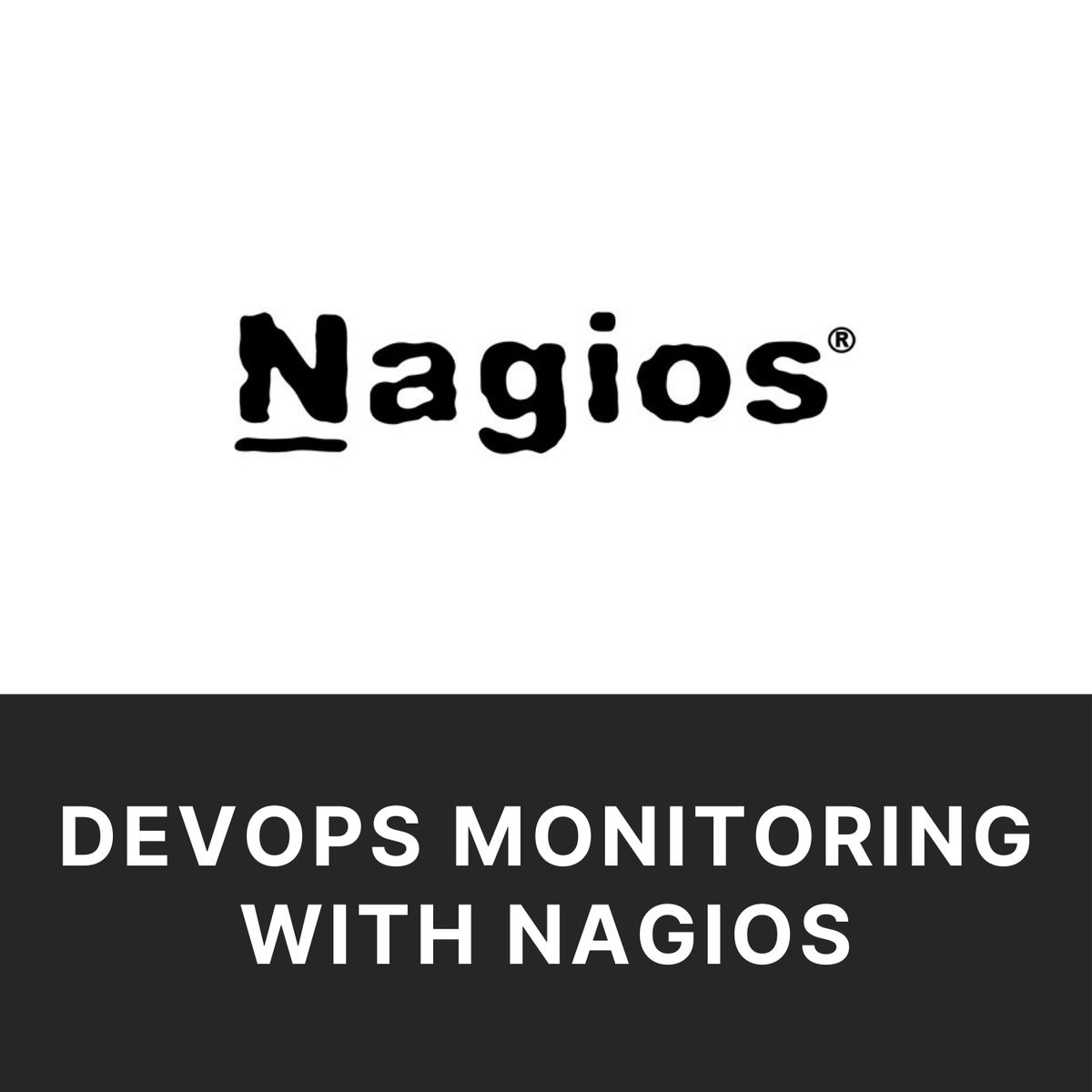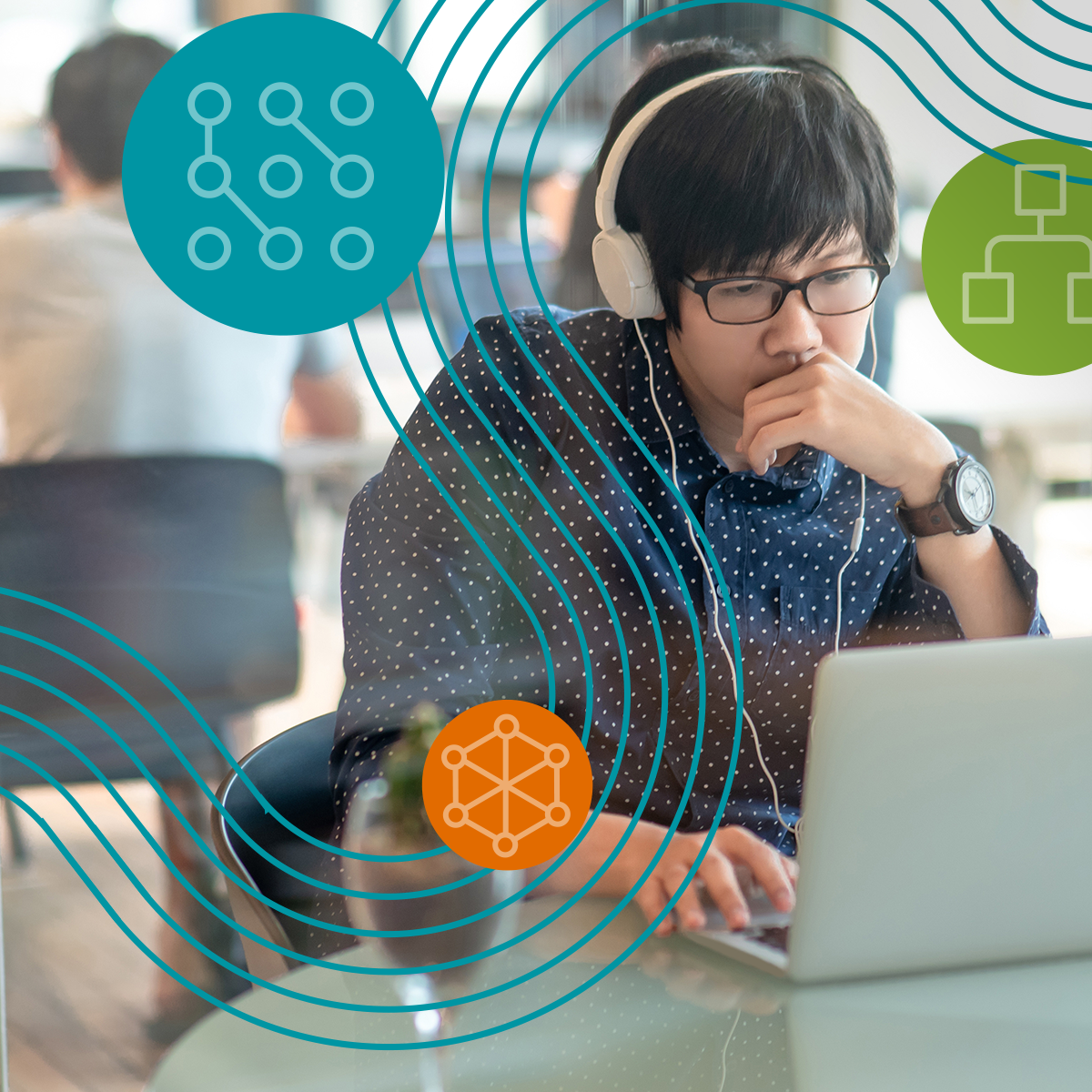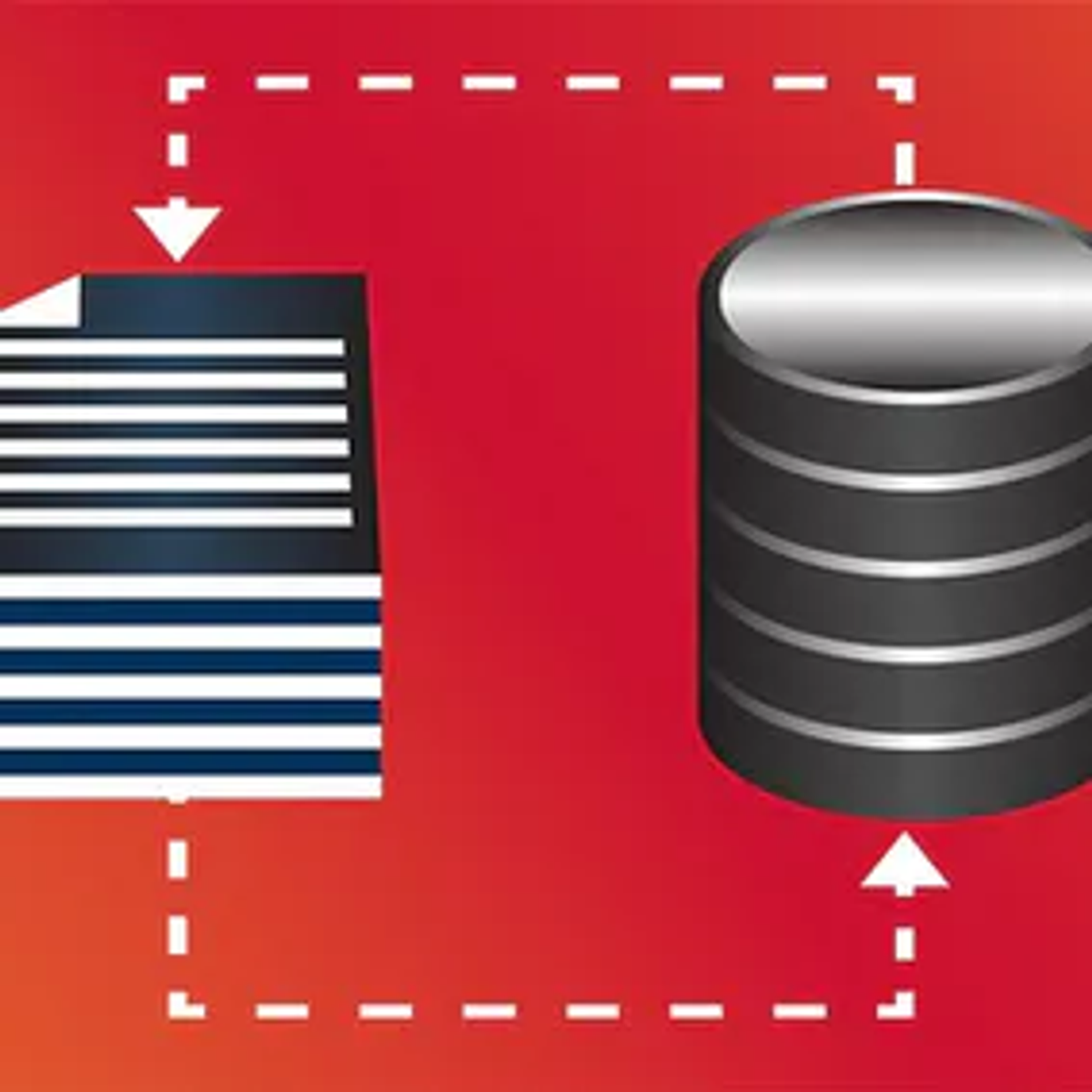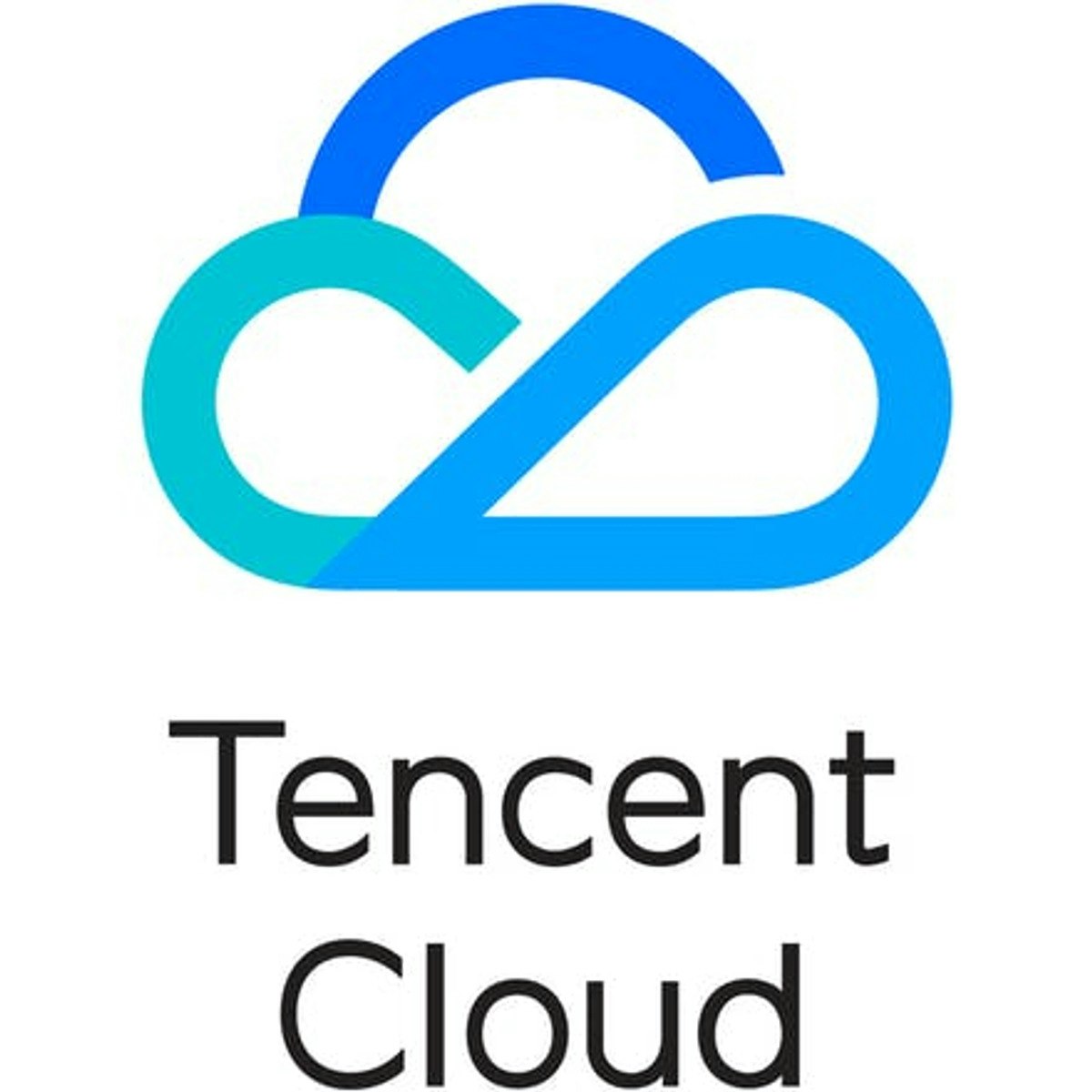Back to Courses









Information Technology Courses - Page 56
Showing results 551-560 of 1471

Principles of UX/UI Design
Learn the fundamentals of User Experience (UX) research and design. Become immersed in the UX process of identifying problems and iterating and testing designs to find appropriate solutions. You’ll learn how to empathize with users through best-practice research approaches, and create common UX artifacts such as user personas. And you’ll use UX insights to make appropriate design decisions.
By utilizing the User Interface (UI) design process, you will be able to create wireframes for features in Figma, and turn them into Minimum Viable Product (MVP) style prototypes from your mockups. You’ll also learn the core principles of design such as hierarchy and the use of grids.
By the end of this course you will be able to:
• Design digital products that create value and solve a user's problems in meaningful ways.
• Recognize what constitutes successful UX/UI and evaluate existing interfaces for design consistency and quality.
• Identify best practice interaction design methods and evaluate and improve your own and others' designs.
• Create, share and test your UX / UI designs following best practice guidelines.
This is a beginner course for learners who would like to prepare themselves for a career in UX / UI development. To succeed in this course, you do not need prior development experience, only basic internet navigation skills and an eagerness to learn.

Optimizing Cost with Google Cloud Storage
This is a self-paced lab that takes place in the Google Cloud console.
In this lab you will configure Cloud Monitoring to observe bucket object access and deploy a Cloud Function to migrate objects from a Regional bucket to a Nearline bucket. You trigger a Cloud Function to migrate a storage bucket from a Cloud Monitoring alerting policy to a less expensive storage class.

DevOps monitoring with Nagios: Configure Nagios in AWS EC2
By the end of this course you will be able to configure your own Nagios server to monitor whatever resources you would like to monitor. You will also configure a second server to be monitored by the main server. This is what is known as monitoring in the typical DevOps lifecycle.

Getting Started with Junos Operating System
In this course, you will be introduced to the design and architecture of the Junos operating system (Junos OS)—the operating system used on Juniper’s routing, switching, and security portfolio. This course will explore the Junos OS command line interface (CLI) for configuring, managing, and monitoring Junos OS-powered network devices. The J-Web interface will also be examined as the graphical use interface (GUI) option for configuring, managing, and monitoring Junos OS devices. You will then be shown initial system configuration tasks and some basic interface configuration. A brief overview of Juniper hardware and software products will also be provided.

Creating Measures and Dimensions Using LookML
This is a Google Cloud Self-Paced Lab. In this lab, you will build dimensions and measures and practice these features in LookML to learn different types of dimensions and measures Looker supports.

Validate Data in SQL using MySQL Workbench
By the end of this project, you will validate MySQL data in a MySQL database using SQL Triggers in MySQL Workbench.
MySQL is a widely used relational database. Often data is validated by applications before being inserted into a database. It is a good idea to validate data at the database level, since applications may use inconsistent validation leaving the data at risk. MySQL workbench provides a User Interface to MySQL that allows the creation of triggers to perform validation before an insertion or update is performed.

Processing IoT Hub data streams with Azure Stream Analytics
In this 1-hour long project-based course, we will learn to create an IoT hub in the Azure cloud, register an IoT device within that IoT hub, send telemetry data from a raspberry pi web simulator to the IoT hub, create an Azure storage account and create stream analytics job with IoT hub as input and storage account as output so that we can store the sensor data on the Azure storage. Not only this, we will also see how we can perform queries and store specific telemetry data on the Azure storage.
You must have some basic knowledge on working with Azure.

Tencent Cloud Solutions Architect Associate
This course is primarily aimed at cloud professionals who are interested in learning about Tencent Cloud's cloud architectures. It equips learners with a foundational knowledge in cloud architecture design and prepares them to take the Tencent Cloud Solutions Architect Associate examination. After completing this course, learners will be able to design cloud solutions that incorporate the principles of high availability, high security, high scalability, and cost optimization.

On Premises Capacity Upgrade and Monitoring with Google Cloud's Apigee API Platform
Learn how to upgrade capacity for the Apigee for private cloud platform installation, and how to monitor the platform.

Consuming Customer Specific Datasets from Data Sharing Partners using BigQuery
This is a self-paced lab that takes place in the Google Cloud console. In this lab you will learn how to create Data Twins for customers on Google Cloud or a different cloud service provider.
Popular Internships and Jobs by Categories
Browse
© 2024 BoostGrad | All rights reserved


